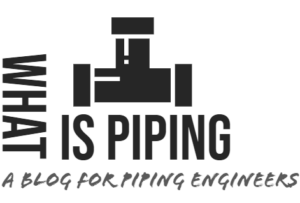A welding position is a technique by which a welder joins the metals in positions or angles. The welding position is very important as it affects the flow of molten filler material. It's desirable...
Mechanical
Liquefied Petroleum Gas, commonly known as LPG, plays a vital role in our daily lives, offering a clean, efficient, and reliable source of energy for various applications. Whether it's for cooking in...
Heat Affected Zone (HAZ): Definition, Causes, Effects, Color Bands, Reduction
The heat-affected zone (HAZ) is an area generated when a metal is subjected to very high temperatures (Example: Welding, Mechanical Cutting, Laser Cutting, Plasma Cutting, etc). This is the...
Brittle Fracture and Ductile Fracture: Definition, Mechanism, Differences
A fracture can be defined as the separation of the material into two or more parts. Failure of material can involve any of the two mechanisms; ductile fracture or brittle fracture. Both these...
Gas Turbines: Definition, Applications, Working, Components, Types, Design, Advantages
A gas turbine is a rotary machine in which the chemical energy of the fuel is converted into mechanical energy or kinetic energy in terms of shaft power. In other words, it is a mechanical power or...
Pour Point: Definition, Significance, Features, Measurements, Factors
The pour point of a liquid (crude oil or a petroleum fraction) is the temperature below which the liquid becomes plastic and loses its flow characteristics. So pour point is the demarcation point of...
